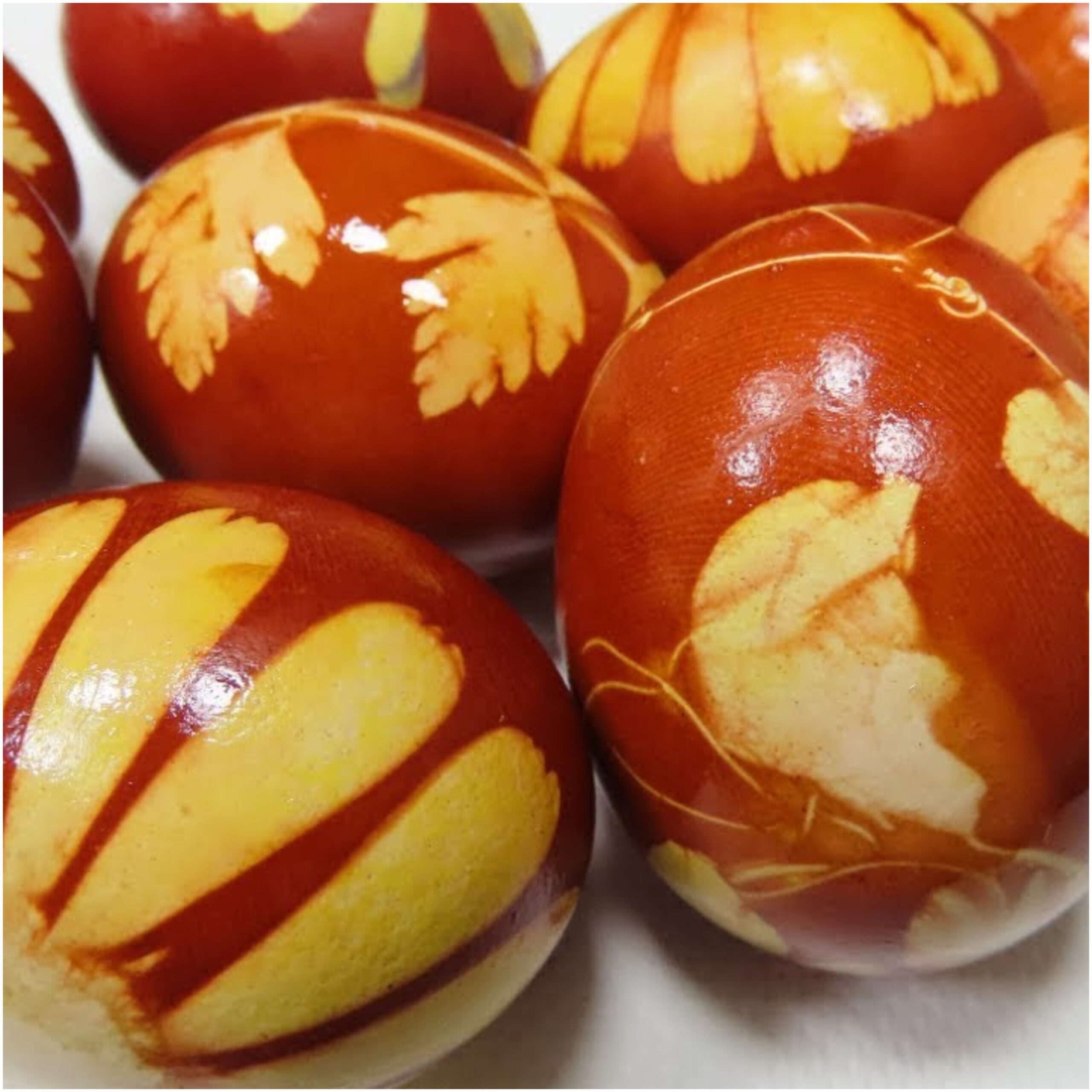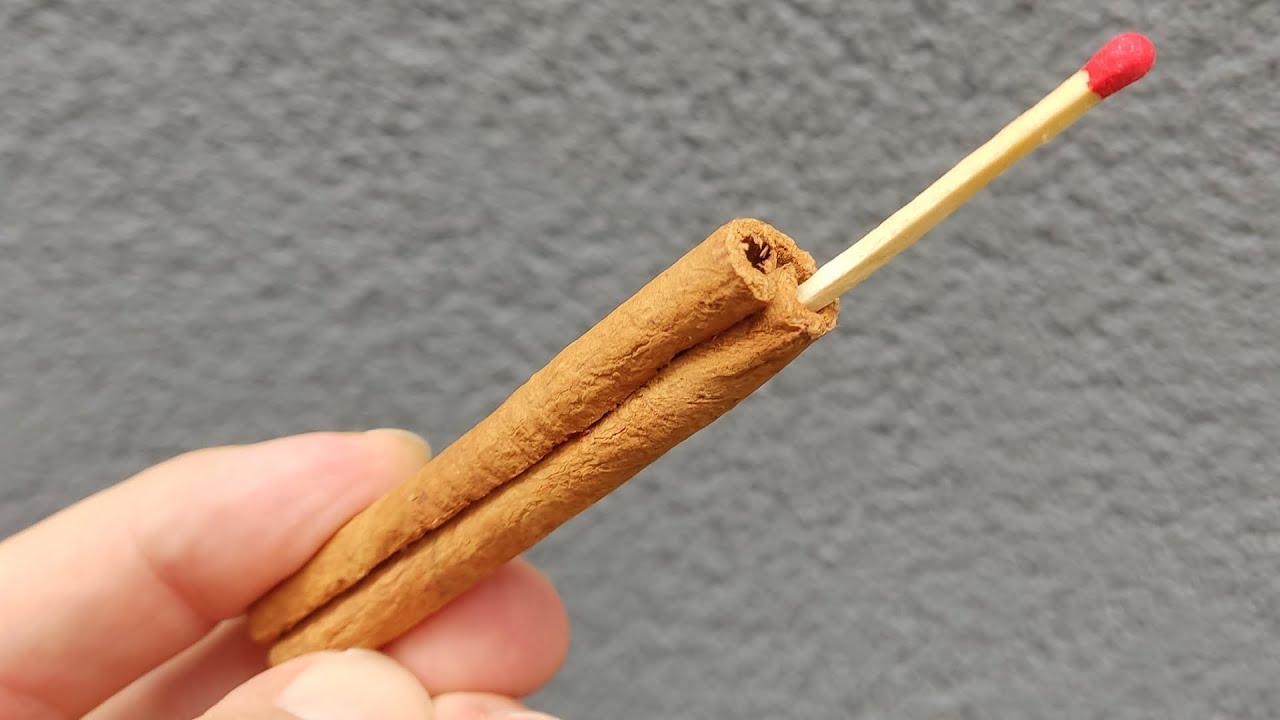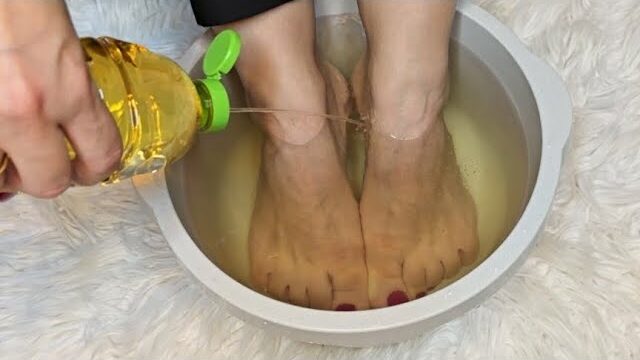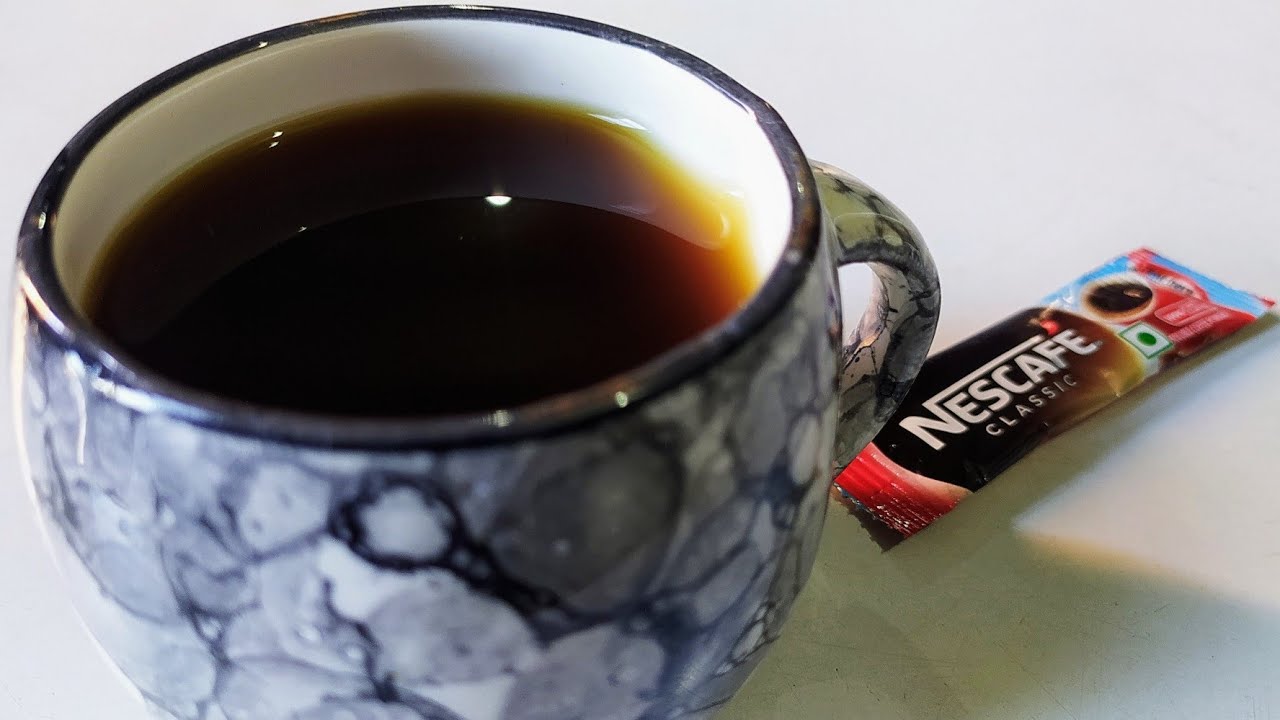Easter is a time of renewal, celebration, and, of course, colorful eggs! If you’re looking for a more natural and creative way to decorate your Easter eggs this year, why not turn to the beauty of nature itself? Using onions and flowers for dyeing eggs is not only an eco-friendly option but also a wonderful activity that brings a unique charm to your Easter decorations. Let’s explore how you can create beautifully dyed eggs with these simple ingredients from your kitchen and garden.
The Magic of Onions and Flowers
Onion skins and flowers aren’t just for compost or bouquets; they hold hidden powers for transforming plain eggs into works of art. Onion skins produce beautiful, earthy tones on the eggs, ranging from golden yellows to deep browns, depending on the type of onion and the dyeing time. Flowers, on the other hand, can leave delicate patterns and a spectrum of colors on the eggs, making each one a unique piece.
Gathering Your Materials
To start your natural egg dyeing adventure, you’ll need:
-
White eggs (for the best color display)
-
Outer skins of onions (red or yellow, depending on the desired color)
-
A selection of flowers and leaves (smaller ones adhere better to the egg surface)
-
Old nylon stockings or cheesecloth
-
Vinegar
-
Twine or rubber bands
Step-by-Step Natural Dyeing
-
Wrap the Eggs: Begin by placing a leaf or flower against the surface of an egg. Carefully wrap the egg in a piece of the nylon stocking or cheesecloth, securing it tightly with twine or a rubber band. This holds the flower or leaf in place during the dyeing process.
-
Prepare the Dye Bath: In a pot, place the onion skins and add enough water to cover the eggs. Add a tablespoon of vinegar to help the dye adhere to the eggshells. Bring the water to a gentle boil, then reduce the heat.
-
Dye the Eggs: Gently place your wrapped eggs into the pot. Simmer for 20-30 minutes, or longer for deeper colors. Remove the eggs with a slotted spoon and let them cool.
-
Reveal the Designs: Once cool, remove the wrapping to unveil the natural designs imprinted on the eggs from the flowers and onion skins.
Conclusion
Dyeing Easter eggs with onions and flowers is not just an activity but a celebration of nature’s palette. Each egg becomes a unique testament to the beauty that can be achieved when we look to the earth for inspiration. This Easter, embrace the joy of creating naturally beautiful eggs and make your celebration a memorable one.





